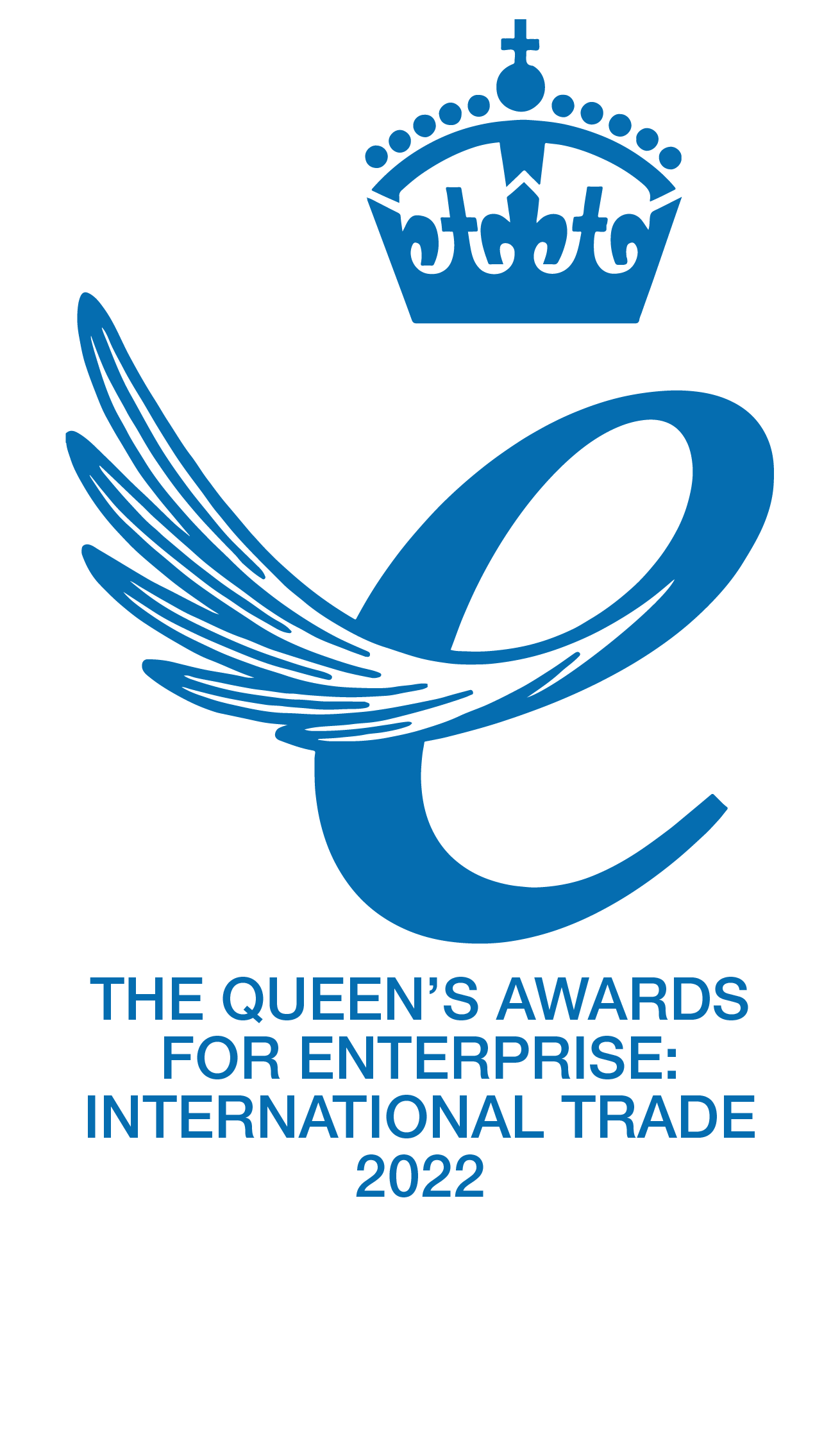Would you enter a building if you were told as you stepped in that in the event of a fire there was a chance that the extinguishing system wouldn’t put it out because the fire couldn’t be contained?
No! People expect, and rightfully so, that in the event of a fire the extinguishing systems would be in full working order to do just that – extinguish. Given that the gaseous systems are designed specifically to the individual need of that room,building e.t.c, then a leak sites in the room could meant that the comparted area couldn’t withhold the fire.
The likelihood of the gaseous system effectively extinguishing the fire gets lower and lower as the protected area becomes larger than the size that the extinguishing system was designed for. This is not a game of chance. The lives of people depend upon it. Enough is enough. The technology exists right now to support Door Fan Testing in providing a holistic and thorough integrity test of critical infrastructure.
Key Facts
Compartmentation = fire stopping e.g. walls and floors
Every 7 seconds, a fire breaks out, worldwide
700 fatalities caused by fire in the UK
£7bn is the cost of fire to the UK economy according to GovUK: every day £3.4m in costs by business disruption caused by fire – £1.3bn p.a.
44% of all insurance claims are caused by fire
SOURCE: Aviva Insurance, 2012
Regulatory Requirements un-Ravelled
APPROVED DOCUMENT B (ADB)
The regulations demand that compartmentation is upheld for the safety of the individuals, who entrust their lives into its integrity. Approved document B, Fire Safety, Volume 2, Buildings other than dwelling house states that: 8.0 Every compartment wall should form a complete barrier to fire between the compartments they separate. 8.35 – any stairway or other shaft passing directly from one compartment to another should be enclosed in a protected shaft so as to delay or prevent the spread of fire between compartments. However, despite regulations best effort to promote the implementation of compartmentation and room integrity, the last review of the Building Regulations Approved Document B was made in 2006 (12 years ago) and its next review was not due to be completed until 2022 (which would then be a gap of 17 years), meaning that the attention that is deserved is often disregarded.
- ADB B3-4 “the building shall be designed… so that the unseen spread of fire and smoke… is inhibited”
- Appendix B Breaching fire separation “to ensure effective protection again fire, walls and floors providing fire separation must form a complete barrier, with an equivalent level of fire resistance provided to any openings such as doors, ventilation ducts, pipe passages or refuge chutes.”
ISO14520-1:2015(E)
We will lead with some extracts from the regulations which is why this paper argues that the industry is sometimes minimally compliant or even non-compliant due to a lack of understanding of fire systems and their connection to compartmentation. This paper calls for a more holistic approach to fire safety. The author suggests the need for a resident mathematician to assist the industry.
- 9.2.1.3 The storage container contents shall be checked at least every six months. a) Liquefied gases: for halocarbon agents, if a container shows a loss of agent in quantity of more than 5 % or a loss of pressure (adjusted for temperature) of more than 10 %, it shall be refilled or replaced.
- 9.2.4.1 At least every 12 months it shall be determined whether boundary penetration or other changes to the protected enclosure have occurred that could affect leakage and extinguishant performance. If this cannot be visually determined, it shall be positively established by repeating the test for enclosure integrity in accordance with Annex E.
- 9.2.4.2 Where the integrity test reveals increased leakage that would result in an inability to retain the extinguishant for the required period, remedial action shall be carried out.
- A.3.2 Engineered systems: need information and calculations on the amount of extinguishant;
- Annex F – b) Every 6 months: Perform the following checks and inspections: 5) for liquefied gases, check weigh or use a liquid level indicator to verify correct content of containers; replace or refill any showing a loss of more than 5 %;
- Annex F 6.2.4.2 Means shall be provided to indicate that each container is correctly charged.
The assumptions in these are that gaseous extinguishing/suppression systems do leak. The regulations that underpin the pursuit of them explore their leak identification every 6 months. Gaseous extinguishing/suppression systems however are installed to protect special hazards in critical infrastructure as their key objective. If the hazard is special and the infrastructure critical then this is the case for the constant monitoring of the suppression systems that aim to deliver the protection of them.
Meeting minimum fire standards is not enough
As the CEO of Coltraco Ultrasonics I am dedicated to ensuring our technology solves industry problems. Not only to become a successful business in terms of profitability but in terms of sustainability and genuinely offering service to the industry in order to reduce risk, improve safety and hopefully have a small part in saving lives. We have provided a smart solution to quick and easy assurance of compartmentation using ultrasound to detect signal leaking through any apertures within the barriers.
The technology exists right now to solve this problem.
In 2017 with the continuing developments in technology, and following the ongoing inquiry into the Grenfell tragedy, there is an expectation that safety should be all encompassing. We cannot let this expectation continue to be a fantasy.






